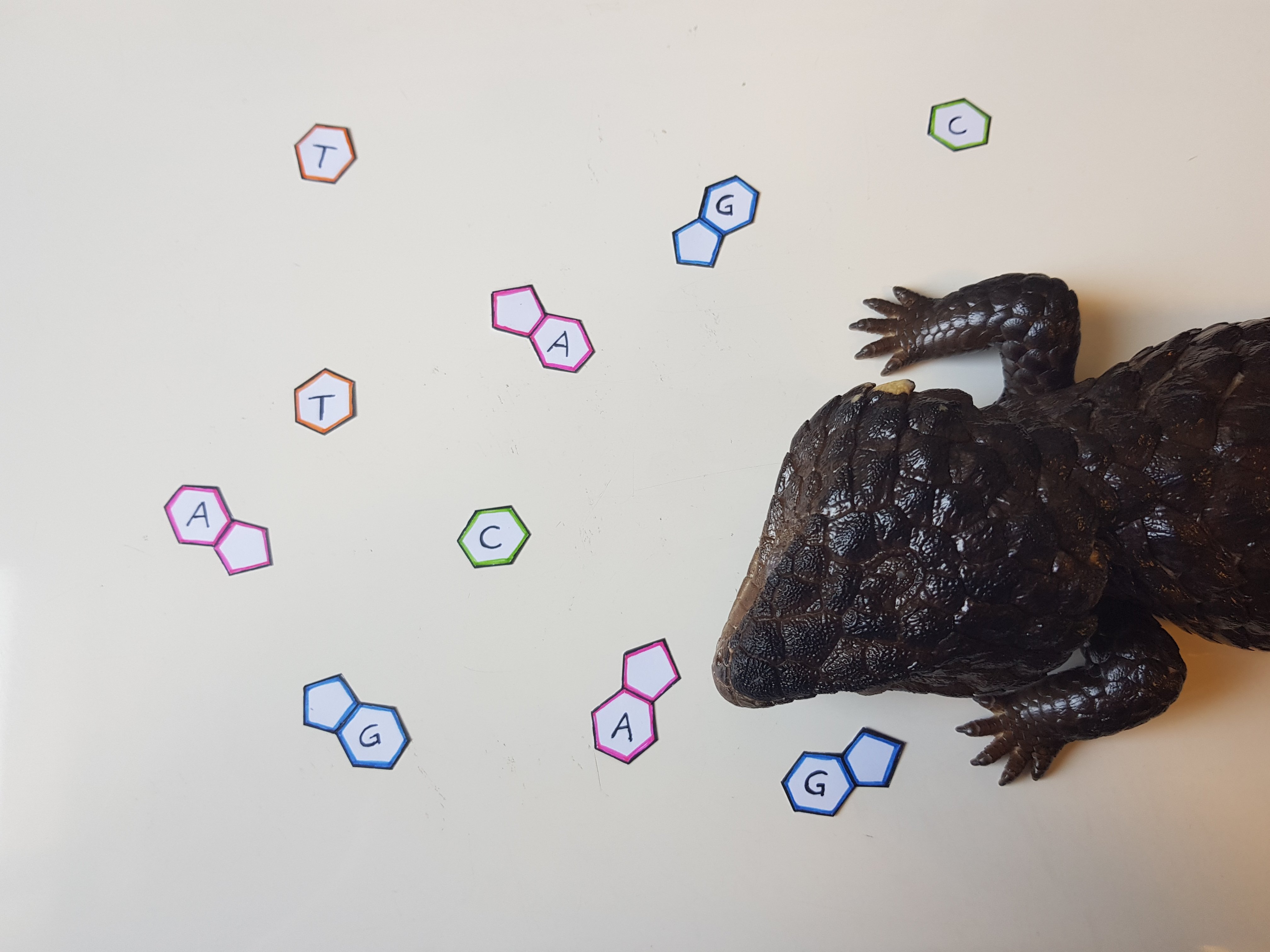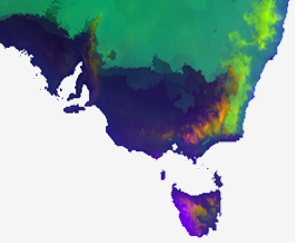I am an evolutionary and conservation genomicist investigating how genetic variants - from single nucleotide polymorphisms to large-scale structural changes - mediate adaptation across spatial and temporal scales. My research encompasses both invasive and native species, including plants and animals, with the objective of elucidating how diverse forms of genetic variation underpin population resilience or vulnerability in the face of population disturbance or environmental change.
Structural Variation in Ecoevolutionary genomics
I am at the forefront of redefining how we study genetic differences between individuals. With whole genome resequencing data become more available, one of my core research directions explores how structural variants and transposable elements should be incorporated into population genomics and conservation. This includes empirical studies, linking variant impact to fitness, and patterns of diversity to population histories and evolutionary processes. This also includes examining the theory of SVs by exploring their fundamental nature and properties (i.e. how they arise and are maintained in the genome). This holistic view of genome-wide variation is the next step in addressing the issue of missing heritability, improving our ability to predict the outcomes of conservation breeding and translocation programs, and enabling us to more fully characterize adaptive potential in the face of uncertain futures.

Evolutionary Genomics of Rapid Adaptation
My research explores how diverse genetic variants, from single nucleotide changes to complex structural variants and transposable elements, drive rapid adaptation in natural populations. By studying both invasive and native species across plants and animals, I integrate genomic, historical, and ecological data to uncover the mechanisms shaping evolutionary resilience and vulnerability.
These insights into rapid evolutionary processes directly inform conservation genomics. I apply cutting-edge genomic tools to real-world conservation challenges, especially in native Australian plants, aiming to maintain adaptive diversity through restoration and seed production. By translating evolutionary knowledge into practical strategies and developing accessible tools, my work bridges the gap between fundamental research and effective conservation management.



Beyond outliers: Using genetic outliers to investigate broader evolutionary hypotheses.
Evolutionary genomic studies often produce a list of genetic sites flagged as under putative selection or associated with phenotype or environment data.
 While generating a shortlist of biologically interesting variants is the first of many steps towards biologically validating these results, it is vital that we go beyond compilation of outlier loci and begin using this often end-result as a stepping stone to further scientific inquiry. To this end, I have been awarded funding from the AES ERC Networking Grant Scheme and GSA to develop workshop material for genetic outlier analysis. The ultimate goal of this project will be to develop cross species and cross study analyses (metanalyses) to interrogate a diverse list of species and population for broad trends that characterize genetic variants and regions undergoing contemporary selection.
While generating a shortlist of biologically interesting variants is the first of many steps towards biologically validating these results, it is vital that we go beyond compilation of outlier loci and begin using this often end-result as a stepping stone to further scientific inquiry. To this end, I have been awarded funding from the AES ERC Networking Grant Scheme and GSA to develop workshop material for genetic outlier analysis. The ultimate goal of this project will be to develop cross species and cross study analyses (metanalyses) to interrogate a diverse list of species and population for broad trends that characterize genetic variants and regions undergoing contemporary selection.
The invasion genomics of the European starling
The European starling Sturnus vulgaris, is one of the most widespread and iconic invasive avian species. However, despite their invasive range success, native starling populations are collapsing, with declines of up to 90% in the European countries they occupy. The global spread of this invasive species also provides unique opportunities to contrast genetic divergence across multiple invasive ranges, providing insight into the malleability of invasion regimes. I have worked across reduced representation sequencing (Stuart & Cardilini et al 2020), whole genome resequencing (Hofmeister et al 2021, Stuart et al 2023), museomics (Stuart et al 2022a), and morphological data (Stuart et al 2022b) to investigate the genetic underpinnings of the starling’s adaptive patterns across their global range, with a particular emphasis on the Australian population.

